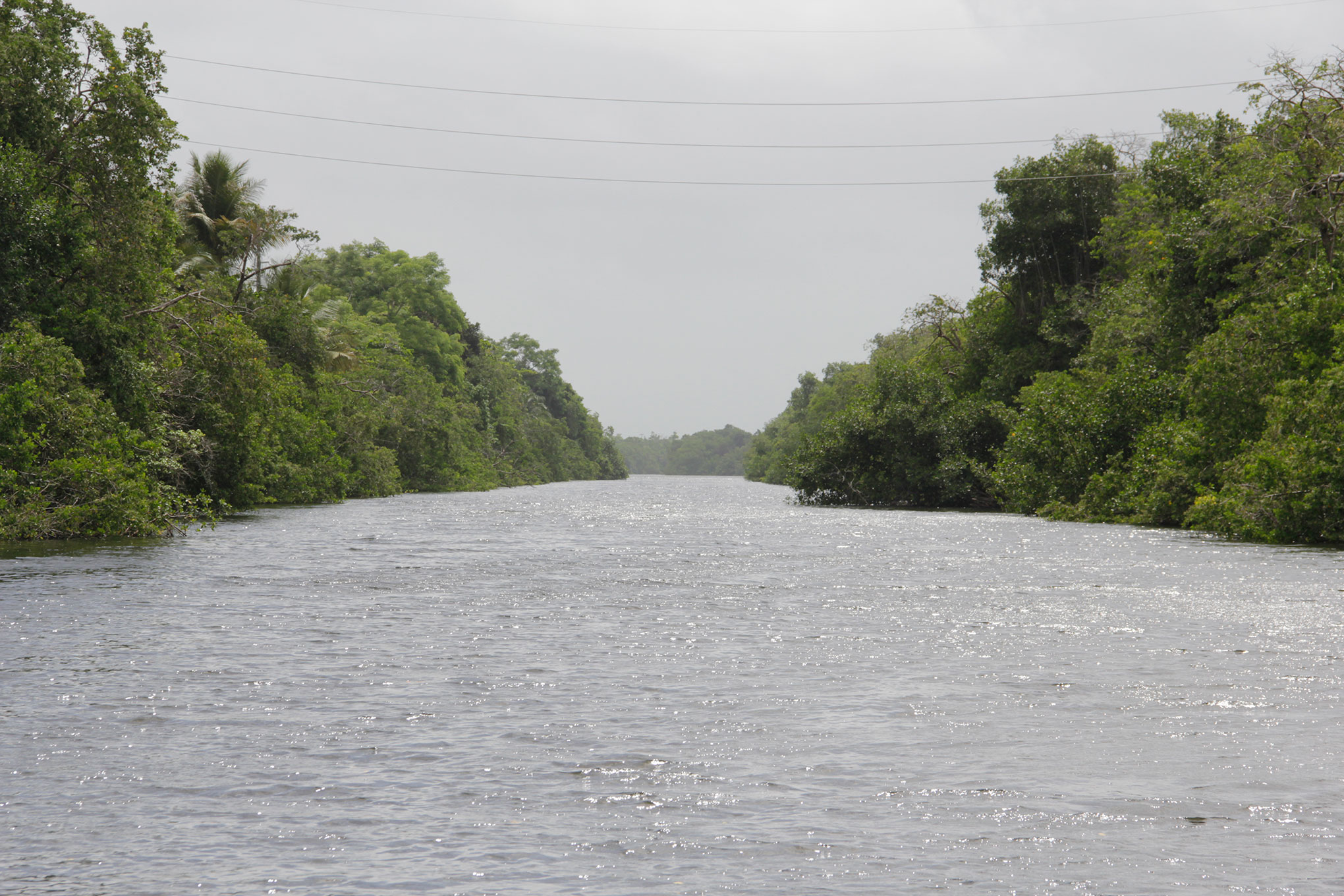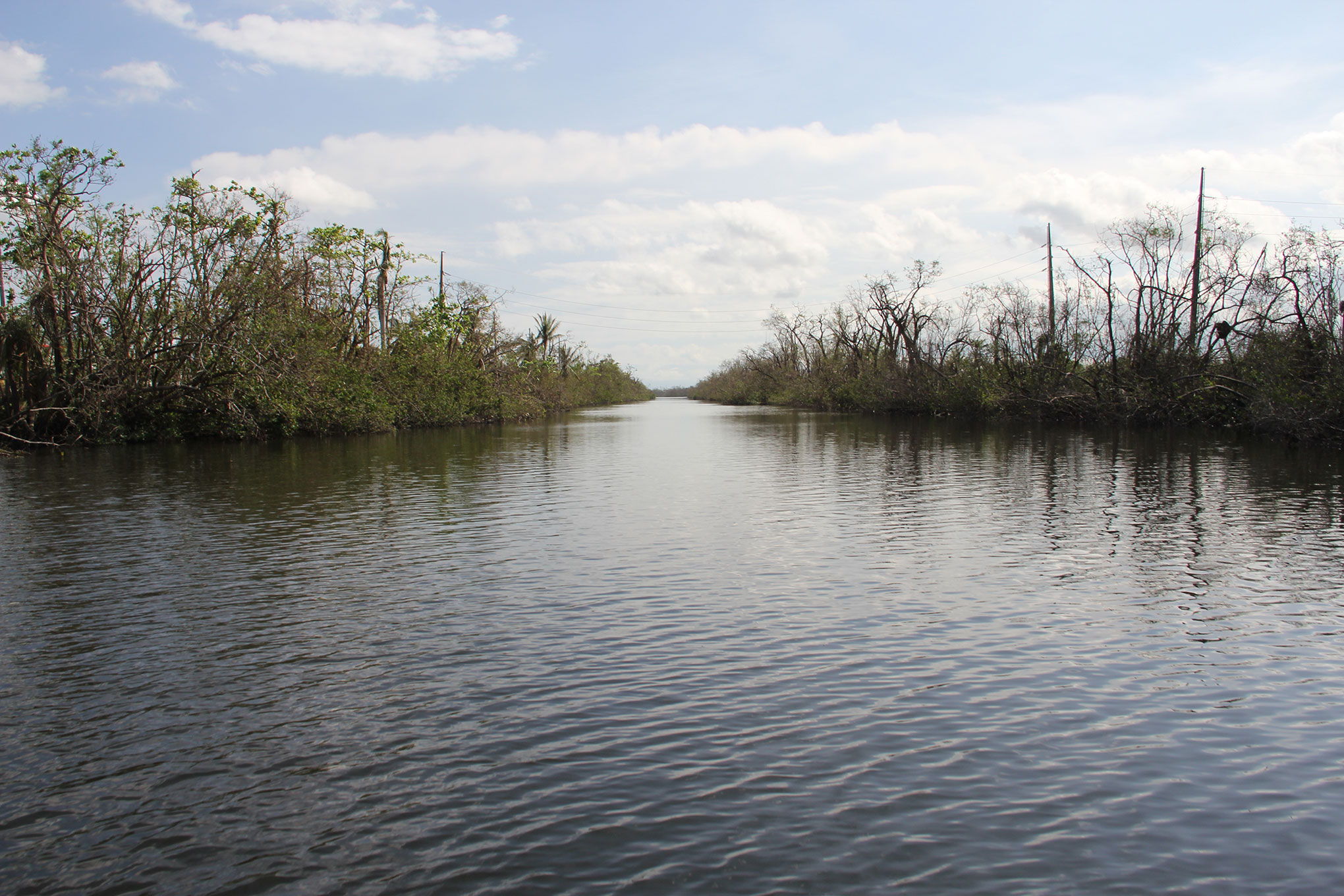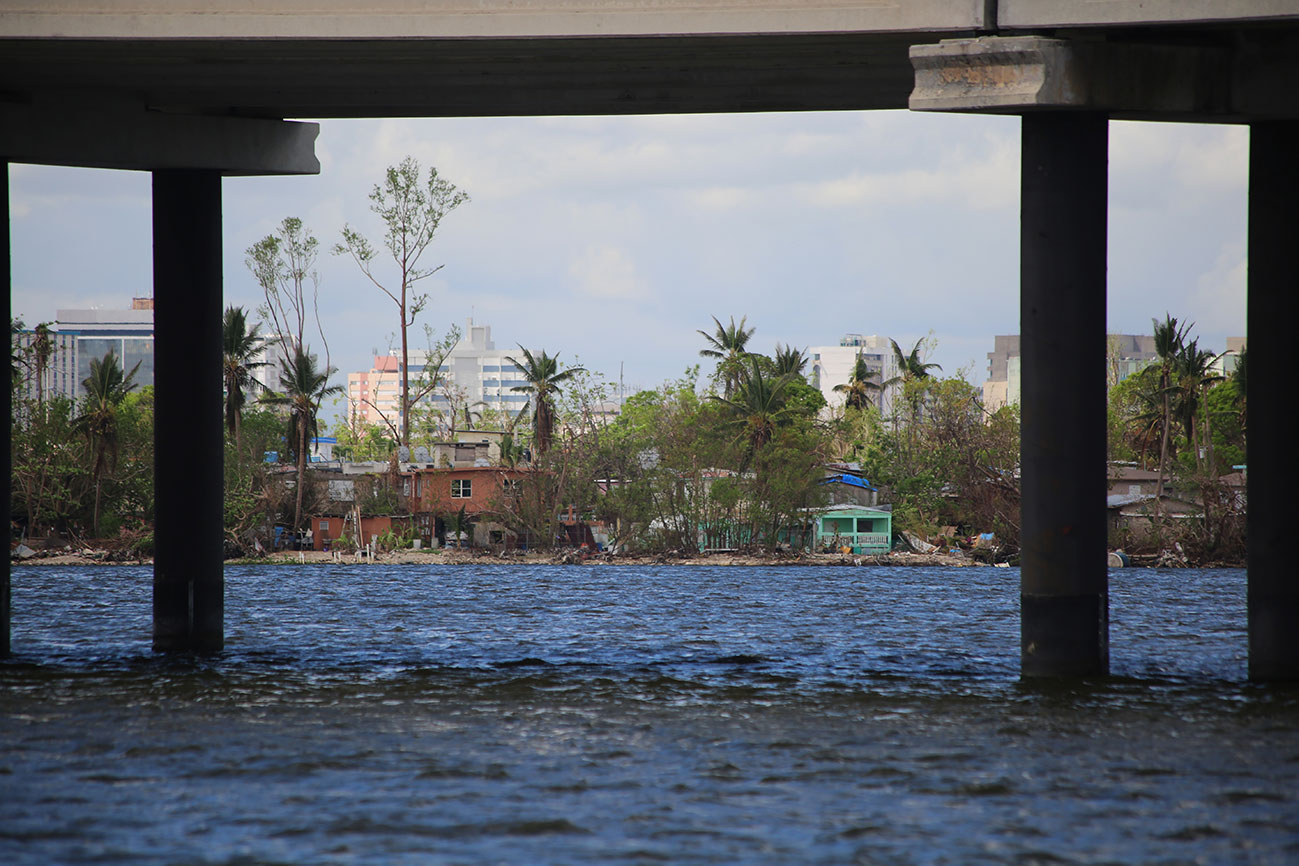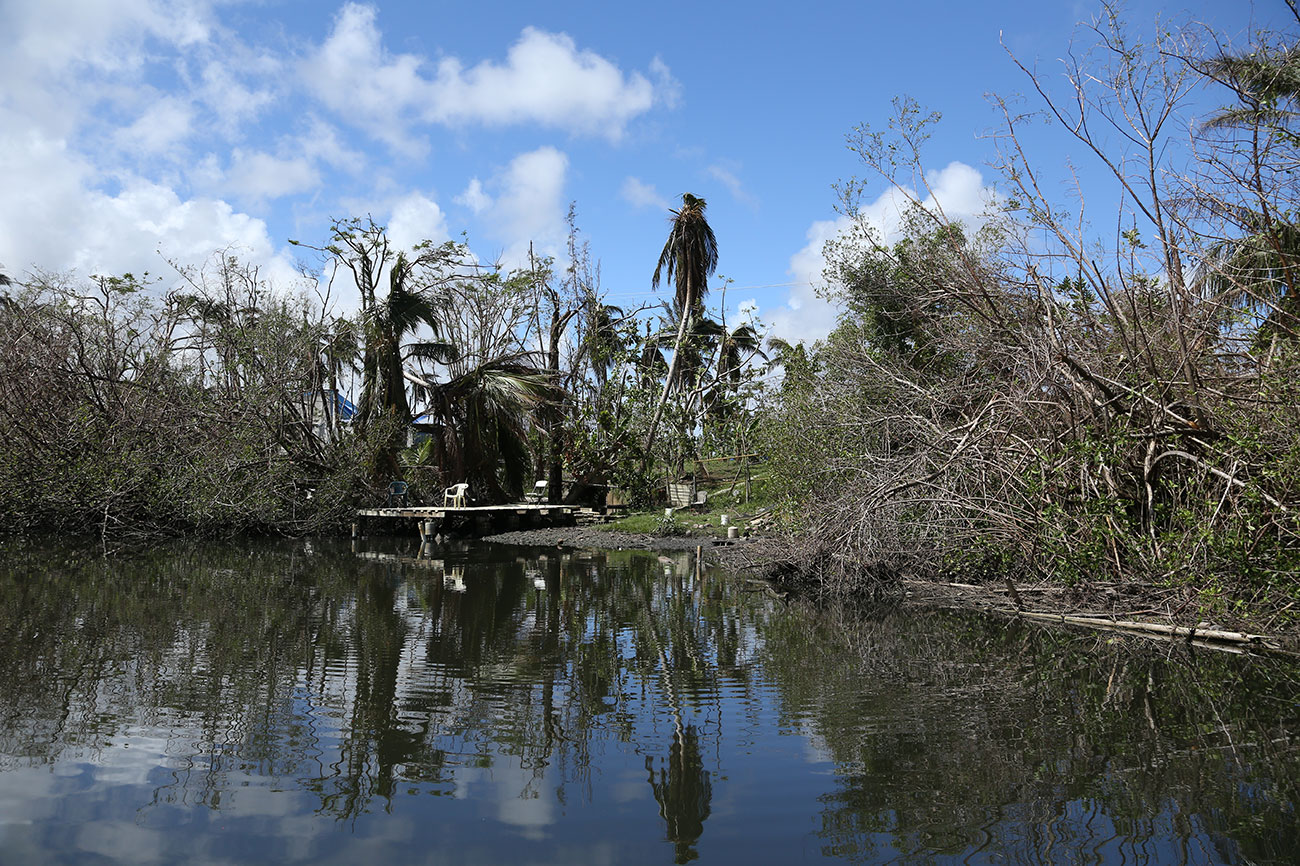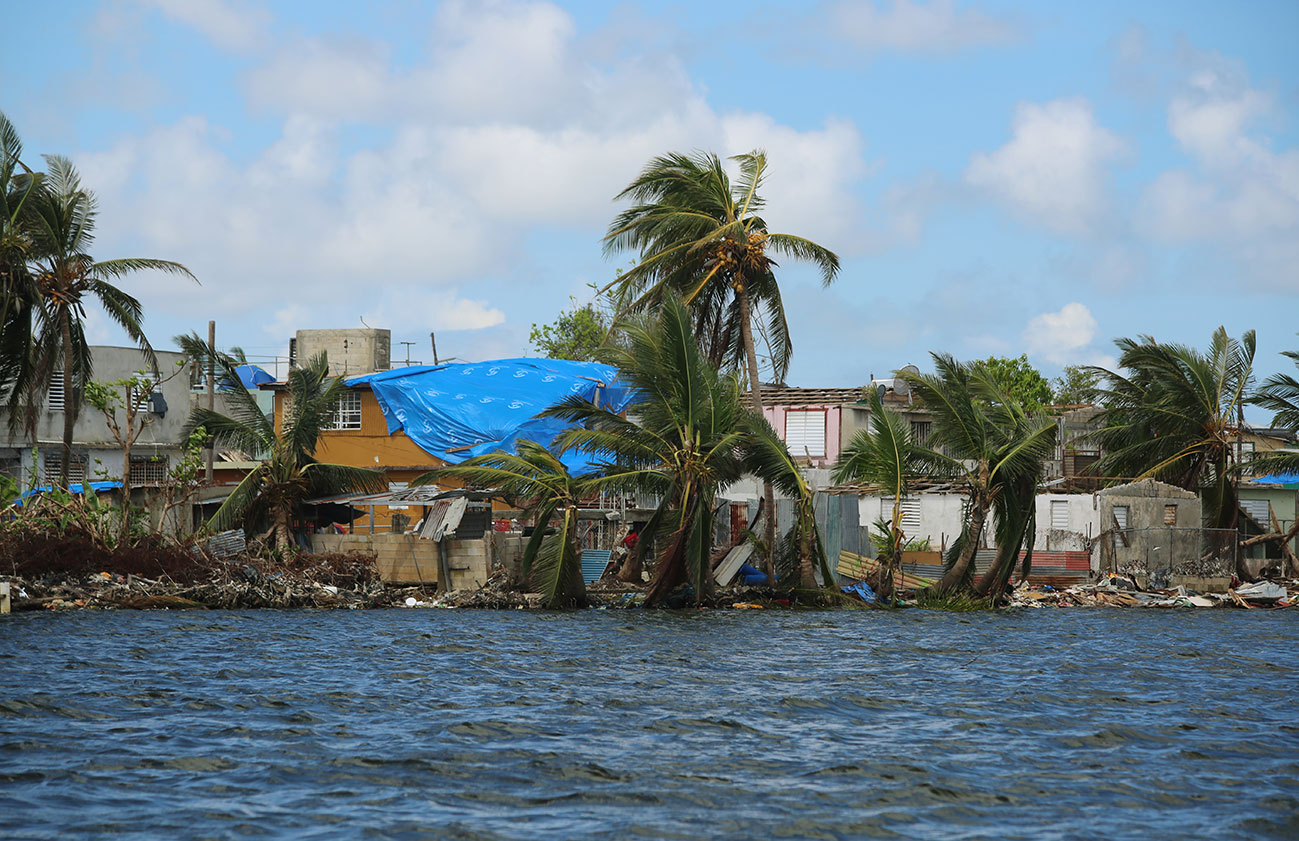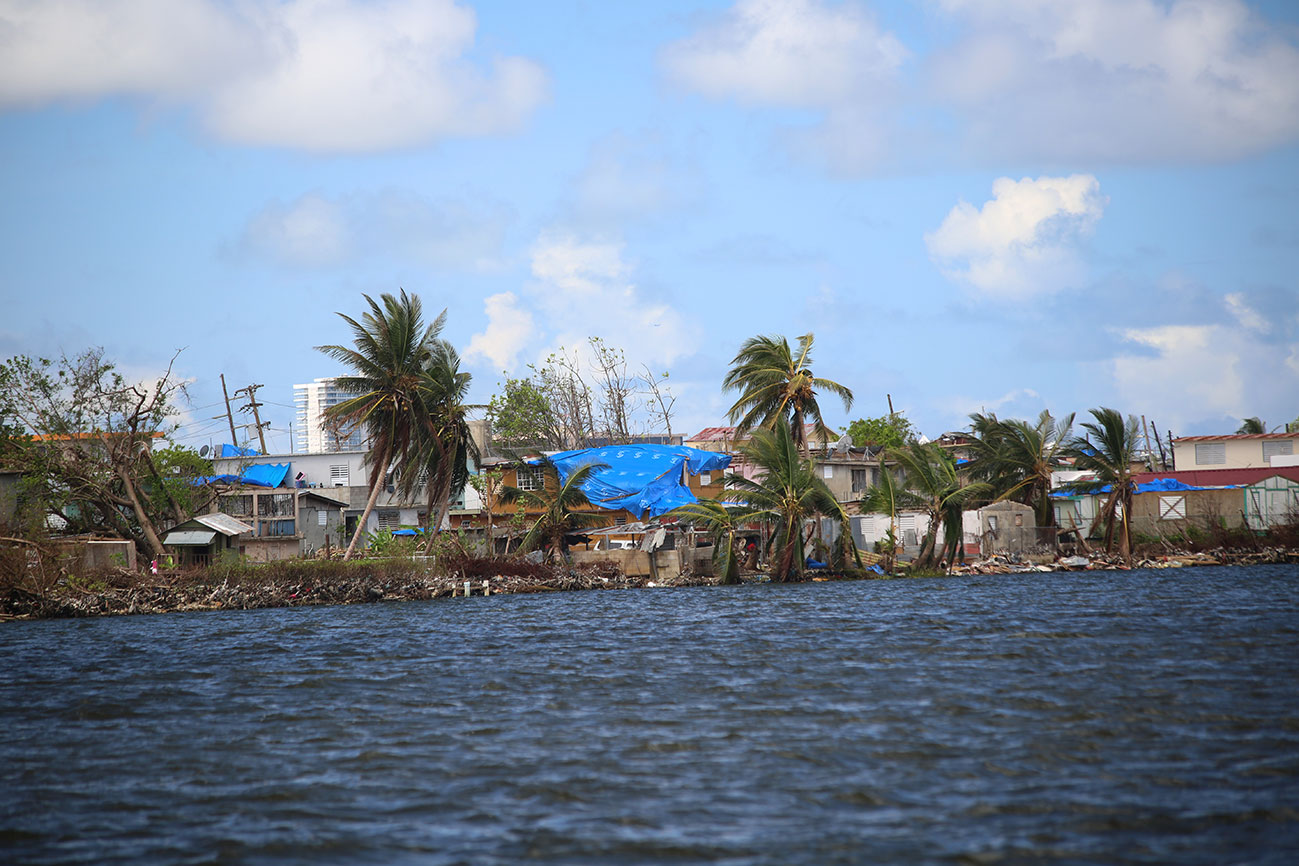Since 1928, the Atlantic Ocean has not seen an atmospheric phenomenon as strong and catastrophic as Hurricane Maria. Hurricane Maria’s trajectory took its strong winds and copious rainfall directly to the Island of Puerto Rico on September 20, 2017. Throughout the entire day, Puerto Rico was bitten and brutally destroyed by this natural phenomenon. Critical infrastructure, such as ports, power plants, hospitals, major highways, and agricultural fields were all devastated.
Extreme climate events, such as Hurricane Maria, generate considerable damages to their natural resources, or so called, “natural infrastructure”. As an island territory of the US, Puerto Rico is highly dependent on their limited natural resources to support important economic sectors (Aponte Gonzalez, 2013) including tourism, agriculture and manufacturing. The cost of inaction against extreme climate events in Puerto Rico could represent losses of up to 3% GDP annually between 2030 and 2050 (Bueno et. al. 2008) Predicted increases in the frequency of major and stronger hurricanes -such as Hurricanes Irma and Maria- forming along the Atlantic basin threats to generate more catastrophes on Puerto Rico and USVI. The only option Puerto Rico has is to restore and manage its natural resources, and natural infrastructure with the predicted scenario in mind.


